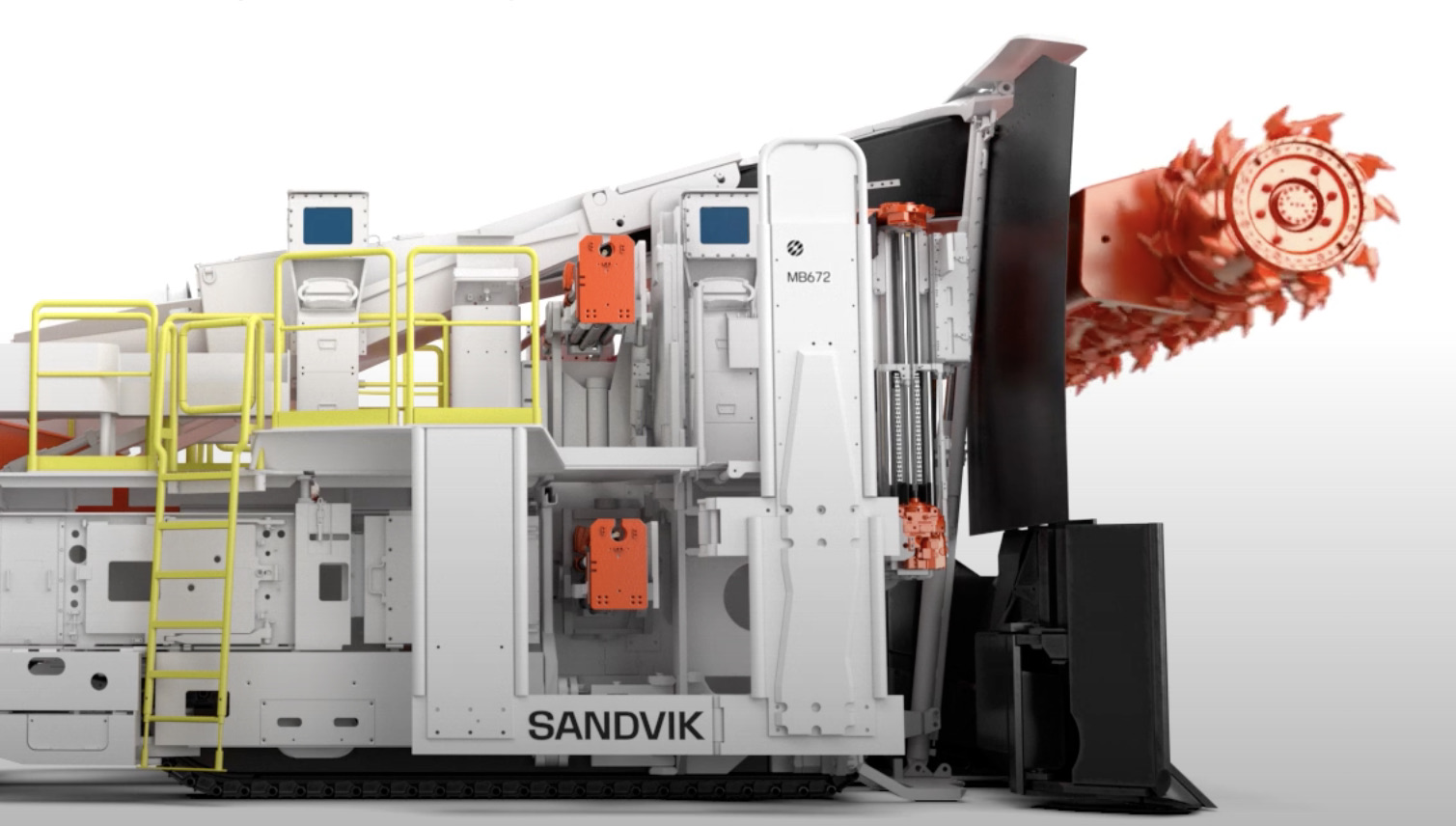Sign up for daily news updates from CleanTechnica on email. Or follow us on Google News!
Recently a post-doctoral researcher at Ghent University in Belgium reached out with concerns about my position on biofuels vs synthetic fuels. They were skeptical about biofuels and considered synthetic fuels to be a more promising pathway.
Here’s a brief paraphrase of their thoughtful points:
Biofuels face several challenges that raise skepticism about their viability as a sustainable energy source. One of the primary concerns is the inherent inefficiency of photosynthesis, which operates at a mere 1% efficiency. This limitation is further compounded by the seasonal nature of plant growth, meaning that biomass is not available throughout the year in many regions. Additionally, the processes of harvesting and transporting plant biomass are labor-intensive, adding to the overall inefficiency. Using food waste as an alternative feedstock presents its own set of challenges, including its low energy density, high water content, and the logistical hurdles of collecting and storing such a perishable resource.
Synthetic fuels, commonly referred to as synfuels, offer several advantages that position them as a promising alternative to traditional fuels. A significant benefit is their ability to source carbon dioxide (CO2) from large point sources, such as waste incinerators, biogas production facilities, and chemical plants. This is complemented by the maturity of technology available for capturing CO2 at these sites. Additionally, the potential to gasify waste into syngas provides an avenue to classify the resulting synfuel as a biofuel if derived from organic waste. Established processes, like the Water-Gas Shift (WGS) and Fischer-Tropsch, are available to efficiently convert CO2 and hydrogen (H2) into liquid fuels. However, the challenge remains in procuring affordable hydrogen, though biogas presents a potential source, albeit at a significant scale.
My position on biofuels is based on a few things, and while I agreed with the points the post-doc was raising, I remain of the opinion that biofuels will dominate. Why?
First, the volumes required are much lower than the volumes required for current fossil fuels. Electrification of all ground transportation and much of aviation and maritime shipping, renewable generation of electricity, heat pumps for commercial, residential, and industrial heat, and other electrification of industrial heat above 200° Celsius means that the total tonnage of liquid fuels required will be a tiny fraction of today.
Could I be wrong about the degree of liquid fuel displacement? Not in a world where we solve climate change, price carbon and the basics of economics still apply, at least not to any material degree. Could I be wrong about the speed of transformation and the long tail of liquid fuels being very long and fat? Absolutely. My 2100 scenarios are just that, scenarios. As I tell everyone, I think that they are merely less wrong than most I review.
That electrification will be driven in large part by the higher cost of any replacement fuels, whether biofuels or synthetic ones. Synthetic fuels will be even more expensive than biofuels, and so will not be competitive, in my opinion.
Cheap hydrogen is a problem, and that problem isn’t going away. I’ve done the math on that too many times for too many applications, including synthetic fuels, liquid hydrogen for maritime shipping, African export to Europe and offshore hydrogen via wind farms, among several others, to think low-carbon hydrogen will be inexpensive.
Could I be wrong about green hydrogen costs? Unlikely. Clear thermodynamic limits and handling concerns at every step of the way, along with obvious capex vs opex tradeoffs mean it’s unlikely.
Could I be wrong about other sources of low-cost, low-carbon hydrogen, for example the geological ones? Sure. I stumbled across another underground hydrogen extraction technological pathway just yesterday, using the iron redox approach in underground high ferrous areas to exploit the hydrogen generation, as opposed to that being a problem with iron redox batteries like Form Energy’s. I could be wrong about the volumes of naturally occurring hydrogen, their geographical convenience, and the cheapness of extracting, capturing, and processing it. I could be wrong about the insanity of intentionally creating massive underground oil fires to capture the hydrogen that bubbles off while magically keeping the CO2 contained, all without absurd geological consequences.
I think it’s unlikely, but I’m also not a geologist or petrochemical engineer, just as I am not a biofuels chemical process engineer.
Could I be wrong about the inadvisability of blue hydrogen at any scale, the unlikeliness of sufficient carbon capture and sequestration, the costs of all of that, and the follow on problematic costs of all the hydrogen produced including its distribution? Unlikely, as I’ve looked at all those things in some depth multiple times.
A bunch of unlikelys in my opinion is, of course, worth exactly that, my opinion. Many other people are working hard to prove me wrong without, of course, knowing I exist or being motivated in any way by my opinion. As a reminder, despite my efforts to learn as much as possible and get as much breadth and depth as possible, published opinions are the lowest tier on the pyramid of evidence. I’ve participated peripherally in systematic reviews, the highest tier, but that’s not what I do or publish.
Second, there are a lot of pathways to biofuels from waste biomass. I’m not committed to any of them, and don’t consider myself an expert in the chemical engineering for them.
I’m simply betting on continued advances of all those different streams of technologies and smart people. If it turns out that solutions like carbonauten GmbH‘s continuous pyrolysis solution make the most sense, good enough. If second- or third-generation stalk cellulosic pathways get the win, sure. If livestock dung to jet fuel is the one that pencils, out, I’m happy.
Could I be wrong and the multiple waste biomass and technology pathways don’t add up to a solution? Sure. I think it’s unlikely compared to the alternatives above.
Third, the sheer volume of waste biomass and collection chokepoints where automation can be applied is staggering compared to the need for liquid fuels. Waste stalks at harvest time. Livestock dung in industrial feedlots, dairy barns, and abattoirs. Food waste at production plants, distribution warehouses, and large-scale grocery stores. Wood scraps at timber mills. Separation of food scraps in urban composting schemes.
I’m completely unconcerned about efficiencies when we have 2.5 billion tons of food waste globally, and 1.5 billion tons of livestock dung in Europe alone.
Fourth, we’re already making biodiesel in sufficient quantities for all of maritime shipping in my projections. Per the IEA’s 2023 renewables roundup, we’re making about 100 million tons of biofuels annually, the majority of it, around 70 million tons, is biodiesel, and that 70 million tons is coincidentally and without any forcing to fit the tonnage required for maritime shipping in 2100 in my scenario. Close enough.
Making that biodiesel more efficient, less problematic, and even lower carbon is an iterative process, and carbon pricing such as the EU’s carbon border adjustment mechanism, inclusion of shipping and aviation in their emissions trading scheme, and removal of vast credits for those modes of transportation will float the boat of a lot of research.
We’re not nearly as far down the pathway of aviation fuels, but we’re already putting millions of tons a year of SAF biokerosene into jets and it’s increasing rapidly as well. IATA and the ICAO are finally waking up, and the EU is taking away aviation ETS credits. A fire is being lit.
Finally, all of the waste biomass I lean into is a major climate problem. At present, the volumes are so large that the stuff piles up in middens or is buried in landfills. Anaerobic decomposition occurs for the stuff that’s not at the surface, and methane ensues.
The Global Carbon Project’s assessment is that that is a bigger source of methane than the entire fossil fuel industry, possibly even with recent realization that the the fossil fuel industry has been significantly understating the problem.
We have to solve that anthropogenic biomethane problem. There are multiple pathways to minimizing it, but we’re still going to have an awful lot of waste biomass which is a methane bomb, and turning that into biofuels using processes that don’t go through creation of methane makes a lot of sense. Waste biomass through CO2 creating processes is just fine, returning CO2 to the atmosphere, but methane is a different kettle of rotting fish.
Am I minimizing the challenges for the post-doc and their colleagues? Likely, but I’m not fussed if a few of the pathways and technologies don’t pan out, because there are so many of them.
Could I be wrong? Of course. I am, obviously, betting on collective sanity, rational behavior of governments, and funding getting into the right hands as opposed to into the hands of people working on useless frippery. That’s a good bet in the decade-by-decade perspective I have, but a terrible bet for the next two years.
Hopefully this contextualizes sufficiently why I’m less concerned about the challenges the post-doc highlighted. And to be clear, it’s very easy for me to sit here with my laptop a long way from any biofuel processing plant or biofuels lab and type these words. Challenges are very welcome. As I’ve noted a few times in the past couple of years, I work on a post-publication expert review process, preferring to live with the occasional humiliation of being completely wrong and correcting it than the very slow process of academic or other institutional publication.
Have a tip for CleanTechnica? Want to advertise? Want to suggest a guest for our CleanTech Talk podcast? Contact us here.
EV Obsession Daily!
I don’t like paywalls. You don’t like paywalls. Who likes paywalls? Here at CleanTechnica, we implemented a limited paywall for a while, but it always felt wrong — and it was always tough to decide what we should put behind there. In theory, your most exclusive and best content goes behind a paywall. But then fewer people read it!! So, we’ve decided to completely nix paywalls here at CleanTechnica. But…
Thank you!
Tesla Sales in 2023, 2024, and 2030
CleanTechnica uses affiliate links. See our policy here.




